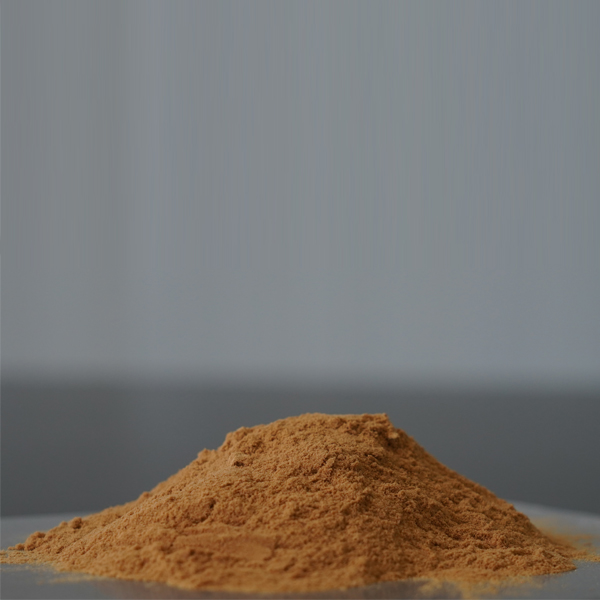
News
Ago . 08, 2024 04:55 Back to list
Exploring the Innovations and Applications of Polyglutamic Acid in Ink Manufacturing Techniques
Polyglutamic Acid A Game-Changer in the Ink Industry
In recent years, the quest for sustainable and eco-friendly materials has transformed various industries, and the ink manufacturing sector is no exception. One of the most exciting developments in this realm is the incorporation of polyglutamic acid (PGA) into ink formulations. As a naturally occurring biopolymer, PGA is gaining traction as a multifunctional additive, providing significant benefits over traditional ink constituents. This article explores the advantages of polyglutamic acid in ink manufacturing and highlights its key manufacturers in the market.
What is Polyglutamic Acid?
Polyglutamic acid is a biodegradable polymer produced by select strains of bacteria, notably the Bacillus species. It is composed of repeating units of glutamic acid, an amino acid commonly found in proteins. Unlike synthetic polymers, PGA is recognized for its biocompatibility, high moisture retention ability, and potential for promoting skin cell regeneration, making it a valuable asset in various applications, including cosmetics, food, and notably, inks.
Advantages of Using Polyglutamic Acid in Inks
1. Eco-Friendliness One of the most significant advantages of polyglutamic acid is its biodegradability. In an era where environmental sustainability is paramount, inks formulated with PGA can minimize ecological footprints, reducing the impact of ink waste on landfills and waterways.
2. Improved Viscosity and Stability PGA serves as an exceptional thickening agent that enhances the viscosity of the ink without compromising its fluidity. This feature is crucial for achieving consistent printing quality, especially in high-speed printing processes. Moreover, PGA helps stabilize ink formulations, preventing separation and ensuring uniformity over time.
3. Enhanced Color Vibrancy Inks with polyglutamic acid often display increased color vibrancy. The polymer's unique molecular structure can help bind pigments more effectively, leading to richer and more vivid colors in printed materials. This makes it particularly attractive for applications in the printing of packaging, textiles, and other consumer products where aesthetics play a vital role.
4. Water Resistance One of the challenges in traditional ink production is achieving water resistance. PGA can enhance the water-resistance properties of ink, making it suitable for outdoor applications and products exposed to moisture, thus extending the life of printed materials.
polyglutamic acid inkey manufacturer

5. Skin Compatibility With more manufacturers considering inks for use in cosmetic and skin-contact applications, PGA's biocompatibility offers a significant advantage. It can be safely incorporated into inks used for various personal care products, minimizing the risk of irritation and adverse reactions.
Key Manufacturers of Polyglutamic Acid Ink
Several innovative companies have begun to explore and produce inks infused with polyglutamic acid. Among the key players in this sector are
1. BASF As a leading chemical company, BASF has taken initiatives to develop bio-based products, including inks formulated with PGA, to promote sustainability in printing operations.
2. Toyo Ink Known for its commitment to environmentally friendly products, Toyo Ink has been actively researching the use of biopolymers like polyglutamic acid in its ink formulations.
3. Sun Chemical A global leader in printing inks and coatings, Sun Chemical is continuously enhancing its product lineup with sustainable alternatives, leveraging the benefits of PGA.
4. Hexion Hexion specializes in advanced materials, and their research into biopolymer applications, including PGA, positions them as a notable player in the innovative ink market.
Conclusion
The integration of polyglutamic acid into ink formulations marks a significant step towards sustainable printing solutions. With its eco-friendly properties, improved performance, and versatility, PGA is poised to redefine the standards within the ink industry. As manufacturers continue to innovate and adopt greener practices, the future of ink production looks promising, paving the way for a more responsible approach to printing technology. As we witness the positive transformations in this sector, the role of polyglutamic acid will undoubtedly become more prominent, leading to a new era of environmentally conscious inks.
-
Polyaspartic Acid Salts in Agricultural Fertilizers: A Sustainable Solution
NewsJul.21,2025
-
OEM Chelating Agent Preservative Supplier & Manufacturer High-Quality Customized Solutions
NewsJul.08,2025
-
OEM Potassium Chelating Agent Manufacturer - Custom Potassium Oxalate & Citrate Solutions
NewsJul.08,2025
-
OEM Pentasodium DTPA Chelating Agent Supplier & Manufacturer High Purity & Cost-Effective Solutions
NewsJul.08,2025
-
High-Efficiency Chelated Trace Elements Fertilizer Bulk Supplier & Manufacturer Quotes
NewsJul.07,2025
-
High Quality K Formation for a Chelating Agent – Reliable Manufacturer & Supplier
NewsJul.07,2025
